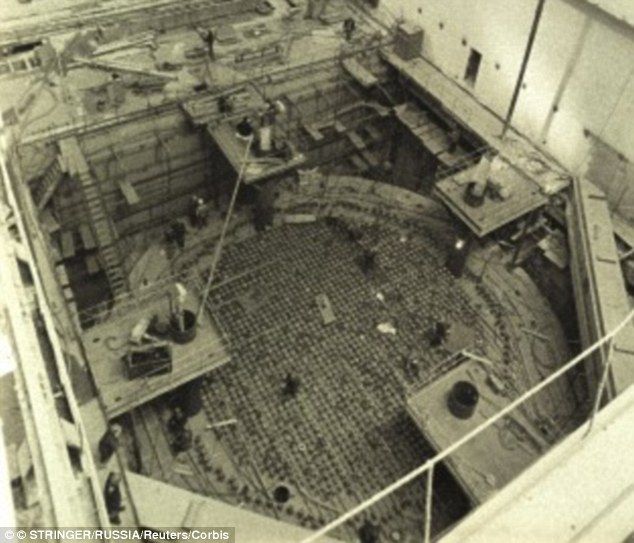Chernobyl disaster is detected by the west.
The Chernobyl disaster, also referred to as the Chernobyl accident, was a catastrophic nuclear accident. It occurred on 26 April 1986 in the No.4 light water graphite moderated reactor at the Chernobyl Nuclear Power Plant near Pripyat, in what was then part of the Ukrainian Soviet Socialist Republic of the Soviet Union.
During a late night safety test which simulated power-failure and in which safety systems were deliberately turned off, a combination of inherent reactor design flaws, together with the reactor operators arranging the core in a manner contrary to the checklist for the test, eventually resulted in uncontrolled reaction conditions that flashed water into steam generating a destructive steam explosion and a subsequent open-air graphite “fire”. This “fire” produced considerable updrafts for about 9 days, that lofted plumes of fission products into the atmosphere, with the estimated radioactive inventory that was released during this very hot “fire” phase, approximately equal in magnitude to the airborne fission products released in the initial destructive explosion. Practically all of this radioactive material would then go on to fall-out/precipitate onto much of the surface of the western USSR and Europe.
The Chernobyl accident dominates the Energy accidents sub-category, of most disastrous nuclear power plant accident in history, both in terms of cost and casualties. It is one of only two nuclear energy accidents classified as a level 7 event on the International Nuclear Event Scale, the other being the Fukushima Daiichi nuclear disaster in Japan in 2011.

